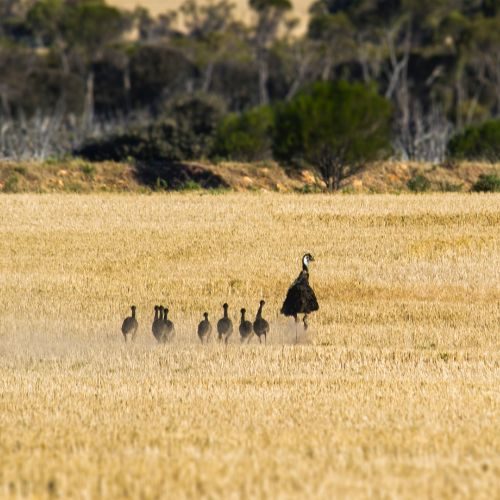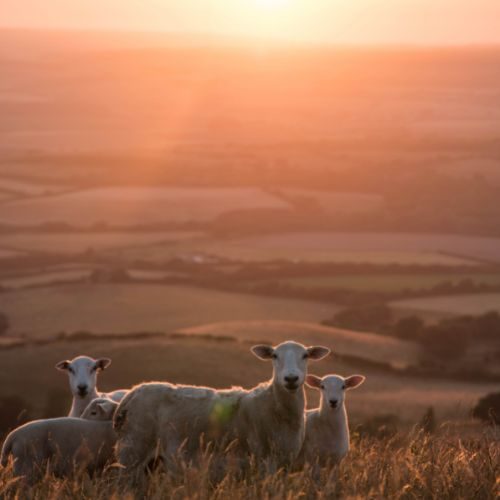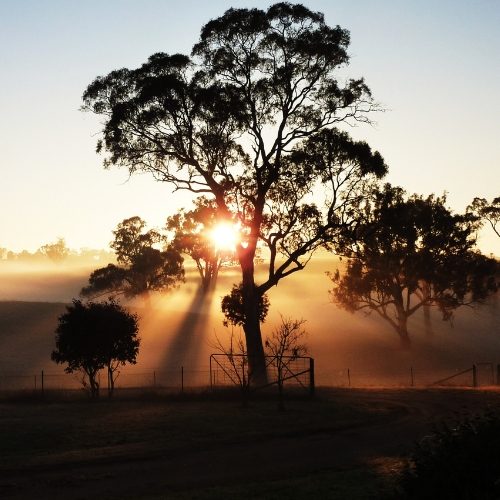Projects
Our generating asset and project development portfolio
Spark Renewables has a large and diversified portfolio of operational and development stage wind, solar and storage assets across Australia, with announced projects in New South Wales and South Australia.

Bomen Solar Farm
The Bomen Solar farm is a 120 MW (DC) solar farm located on Wiradjuri land, approximately 10 km north-east of Wagga Wagga. Operating since 2020, it produces enough clean, reliable energy to power ~36,000 Australian homes each year. It supports our power purchase partner Westpac to achieve their clean energy goals, who we partner with to operate one of the largest solar farm community benefit funds in Australia. LEARN MORE

Dinawan Energy Hub
The Dinawan Energy Hub is a hybrid wind, solar and storage project with a generation capacity of ~2 GW proposed in the Riverina region in the NSW South-West Renewable Energy Zone. The Energy Hub would create ~1,000 jobs during construction. Once constructed it would provide enough energy to power over a million Australian homes annually and save the emission of ~4.7 million tonnes of carbon dioxide each year. LEARN MORE

Mallee Wind Farm
The Mallee Wind Farm is a wind and battery storage project with a capacity of up to 1 GW in the Wentworth Shire in the NSW South-West Renewable Energy Zone (REZ). The relative location of the Mallee Wind Farm and the proposed Dinawan Energy Hub in the REZ could enable us to leverage each project’s battery capabilities to strengthen and secure the transmission network. Once constructed the wind farm would power up to 450,000 Australian homes annually and save the emission of ~2 million tonnes of carbon dioxide each year. LEARN MORE

Yorke Peninsula Energy Hub
The Yorke Peninsula Enery Hub (formerly Ceres Wind Farm) is a 600 to 850 MW community-initiated development on the traditional lands of the Narungga people, on South Australia’s Yorke Peninsula. Spark Renewables is working with local landowners to examine solar generation capability, microgrid options and connectivity to the mainland via an undersea cable, as well as exploring opportunities to support requirements for firmed renewable generation to underpin green hydrogen production. LEARN MORE

Mallee Solar Farm
The Mallee Solar Farm is a proposed large-scale solar farm with a capacity of up to 600 MW, to be located approximately 10 kilometres north-east of Buronga in the Wentworth Shire in NSW and within the South-West Renewable Energy Zone. Once constructed the solar farm would power up to 225,000 Australian homes annually and save the emission of ~1.5 million tonnes of carbon dioxide each year. LEARN MORE

Wattle Creek Energy Hub
The Wattle Creek Energy Hub is a proposed project with a generation capacity of up to 500 MW and a large-scale battery with a storage capacity of up to 350 MW. The proposed site is situated east of Big Hill, approximately two hours’ drive from Sydney. The proposal is strategically positioned to make use of an existing high voltage substation, located adjacent to the property, to deliver clean, renewable energy from the energy hub to the University, local electricity users and the rest of NSW. LEARN MORE
Other initiatives
Spark Renewables has a rapidly growing development portfolio and we are actively exploring opportunities in the wind, solar, storage, green hydrogen and offshore wind spaces.
